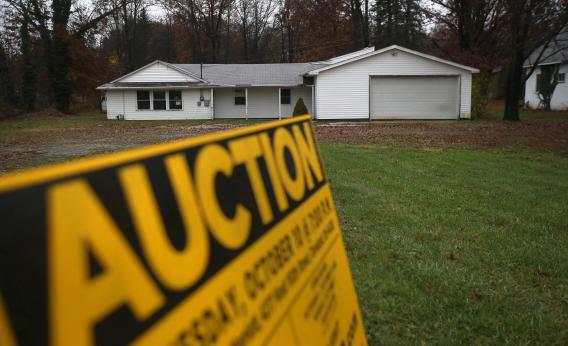The idea of wealthy people as bold, risk-taking job creators often doesn’t live up to reality. The vast majority of business investment is internally financed out of revenues, and a huge share of financial market activity is essentially just gambling. This idea from JP Morgan is an exception. The bank wants its wealthiest clients to invest in a fund that will buy distressed single-family homes and operate them as rental units.
What’s important and great about this is that, as Duncan Black says, it seems like it will probably fail.
Traditionally in the United States, single-family homes have been owner-occupied, and rentals have been in multifamily structures. Since not everyone is creditworthy, that’s tended to mean that creditworthy people live in single-family homes and the less creditworthy live in multifamily structures. During the lending boom of the aughts, we developed exciting new technology of mortgage securitization to allow the noncreditworthy to become creditworthy. As a consequence, multifamily construction cratered and the homeownership rate soared. But that technology turns out to be the financial equivalent of hydrogen-filled airships, so now we’ve abandoned it. That’s left America with single-family structures that don’t have owners and adults who don’t have dwellings. One great way to better use the resources we have available to us would be for someone to devise the technologies necessary to efficiently operate a large-scale, single-family home rental operation. But that’s not the kind of technology you can test out in the lab. To know if you’ve developed the necessary management techniques, you really do need to go out and buy a bunch of houses and try it out. And there’s a big risk—many decades of experience and accumulated conventional wisdom say it doesn’t work, that renters lack adequate incentives to maintain a single-family unit properly, and monitoring their behavior is too hard.
But whether this is a good idea or not, the economy will clearly be better off if people try it. Even if they end up losing their money over the next few years, that will buy us valuable time to rebalance the nation’s construction portfolio. So three cheers for risk-taking investors who want to put some money behind this notion.
